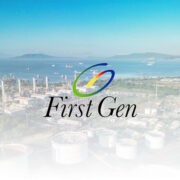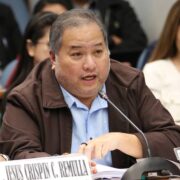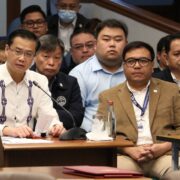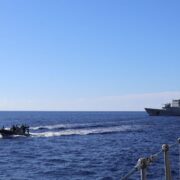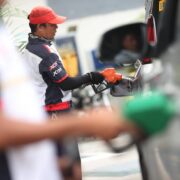EU-Philippines Free Trade Agreement

When I arrived in the Philippines over a year ago, I was welcomed not only by the warmth of the people but also by a resilient economy brimming with potential. In the months since, I have had the privilege of visiting Metro Manila’s business districts, Cebu’s modern international airport, and Davao’s agribusiness communities. I look forward to travel even more in other parts of the country to discover similar stories of progress. Each visit has offered me a glimpse of the Philippines’ vast economic potential—a country that is poised to sustain a robust growth in the years ahead, driven by its young dynamic workforce, expanding middle class, and strategic location.
Over the years, the Philippines has become a key destination of European investments, a vital trading partner, and a steadfast ally in advancing sustainable development goals. In 2024, bilateral trade in goods between the European Union and the Philippines amounted to 16.8 billion euros. The EU was the Philippines’ fourth-largest trading partner, accounting for 7 percent of the country’s total trade in goods. EU’s foreign direct investment stock in the Philippines amounted to 14.2 billion euros in 2024.
Building on this solid foundation and recognizing the potential and the size of the Philippine market, we have opened a new and exciting chapter in our bilateral economic relations with the resumption of the negotiations for an EU-Philippines bilateral Free Trade Agreement (FTA) last year— a decision jointly made by EU Commission President Ursula von der Leyen and President Ferdinand Marcos Jr., reflecting a shared commitment to deepen our economic partnership.
The EU aims for an ambitious, balanced, and comprehensive FTA that translates economic progress into real opportunities for our peoples. It is our objective to create new market access opportunities on trade in goods, services and investment, and for government procurement. Beyond market access, we aim to establish clear and effective rules across all trade and investment-related areas in order to facilitate trade as well as to encourage more investments in both the EU and the Philippines.
The EU-Philippines FTA is also designed to cover new and emerging areas. For the EU, one key objective is the removal of obstacles to digital trade as well as trade in energy and raw materials thereby supporting the twin digital and green transitions. Through the FTA, the EU also aspires to promote sustainable development and ensure that economic growth is achieved responsibly through robust and enforceable disciplines on trade and sustainable development. This way, the FTA becomes an enabler of a more inclusive and sustainable future for both EU and the Philippines. These are areas where the EU and the Philippines are already working hand in hand.
Another important area in the FTA, where the Philippines has competitive strength, is Intellectual Property Rights (IPR). The EU aims to protect IPR, including the recognition of geographical indications, to foster innovation and give recognition to unique goods from both Europe and the Philippines. In terms of timeline, our target is to conclude as swiftly as possible and ensure quality in the substance of the agreement.
While the EU-Philippines FTA negotiations are advancing, the Philippines continues to benefit from the EU Generalized Scheme of Preferences Plus (GSP+)—a special incentive arrangement that grants zero percent tariffs on two-thirds of all EU product categories. As the Philippines would graduate to an upper middle-income status in the coming years, it would lose the GSP+ preferences after a transition period. The FTA would stand as an immediate relay if negotiations are completed. The GSP+ is more than a trade preference. It comes with requirements to implement core international conventions related to human rights, good governance, and sustainable development. The Philippines’ continued participation in the GSP+ scheme underpins the country’s commitment to uphold these shared values.
At the same time, the EU remains committed to supporting the Philippines through various cooperation initiatives that strengthen capacities in areas such as green transition and digitalization, which can empower Filipino companies to seize the opportunities that a future FTA brings.
The EU and the Philippines are not just trade and investment partners. We are partners in growth, sustainability, and in shaping a future that is more resilient and inclusive. Together, we can turn today’s momentum into tomorrow’s success. The FTA is more than an economic agreement—it is an investment in the shared prosperity of our peoples.
—————-
Massimo Santoro is the ambassador of the EU to the Philippines. Prior to joining the European External Action Service as head of office of the secretary general and head of policy coordination, he served as a national diplomat in the Permanent Representation of Italy to the EU in Brussels, and was deputy head of mission at the Embassy of Italy in Belarus.
—————-
Inquirer Exclusive: This commentary is part of a series of articles in the Philippine Daily Inquirer contributed by European Union Ambassadors to the Philippines, in line with Denmark’s Presidency of the EU Council from July to December 2025. The articles focus on strategic areas of cooperation between the EU and the Philippines. Email: johmed@um.dk


